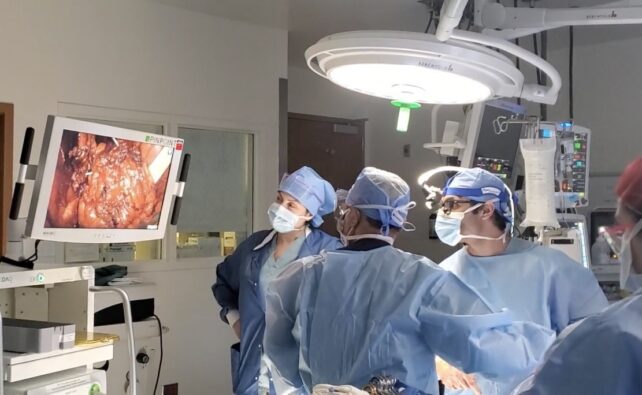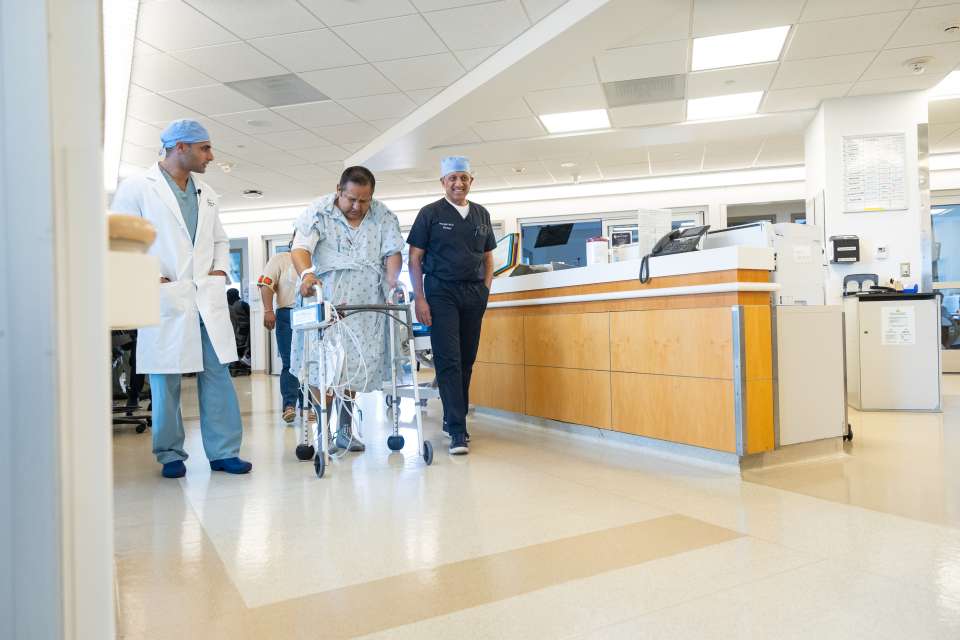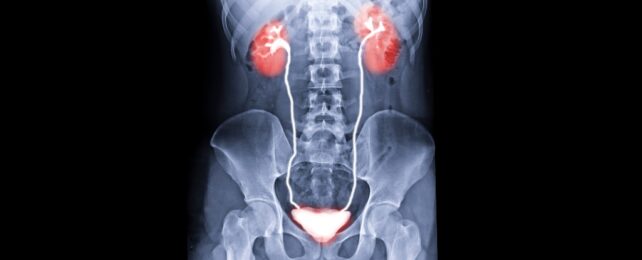US surgeons successfully performed the world's first human bladder transplant on 4 May 2025. The complicated, eight-hour procedure involved the retrieval of a kidney and bladder from an organ donor and their revival within a patient who'd lost these organs to kidney disease and cancer.
"The kidney immediately made a large volume of urine, and the patient's kidney function improved immediately," says urologist Nima Nassiri from the University of California, Los Angeles. "There was no need for any dialysis after surgery, and the urine drained properly into the new bladder."
Shortly after, the patient was able to urinate normally – something he hadn't been able to do in seven years.
With millions of people globally affected by some form of bladder impairment, this incredible achievement has the potential to change many lives.

"This surgery is a historic moment in medicine and stands to impact how we manage carefully selected patients with highly symptomatic 'terminal' bladders that are no longer functioning," explains urologist Inderbir Gill from the University of Southern California.
"Transplantation is a lifesaving and life-enhancing treatment option for many conditions affecting major organs, and now the bladder can be added to the list."
Until now, the only option for patients with severely impaired bladders was repurposing part of their intestines to take on the bladder's role. But this method creates complications in 80 percent of cases, Gill says, including digestive issues or loss of kidney function due to the vast differences in digestive and urinary tract microbiomes.
But bladder transplants have proven incredibly challenging because of the complex blood vessel system the organ uses awkwardly deep within our abdomen.

So the medical team has been preparing for this surgery for over four years. This involved practicing robot-aided transplants on deceased donors still on ventilators.
They were then able to apply the new techniques they developed to connect the donor bladder and kidney within a 41-year-old patient who had been relying on dialysis for seven years. The bladder recipient, Oscar Larrainzar, a husband and father of four, had both his kidneys and most of his bladder removed years earlier.
The average man's bladder can hold up to 700 milliliters of fluid, but what remained of Larrainzar's could only hold 30 milliliters.
By joining up some of the veins and arteries before implanting the donor organ, the surgeons were able to simplify the procedure a little.
"Despite the complexity of the case, everything went according to plan and the surgery was successful," says Gill. "The patient is doing well, and we are satisfied with his clinical progress to date."
The doctors are planning four more surgeries for their clinical trial on bladder transplants. Patients must be on, or already require, long-term immunosuppression to prevent organ rejection, the surgeons explain. These medications come with their own risks and side-effects so it is not yet worth risking organ donation unless there is no other option.
If the next four cases are similarly successful, a much larger trial will follow.
"I was a ticking time bomb," Larrainzar told his doctors during a follow up appointment. "But now I have hope."
